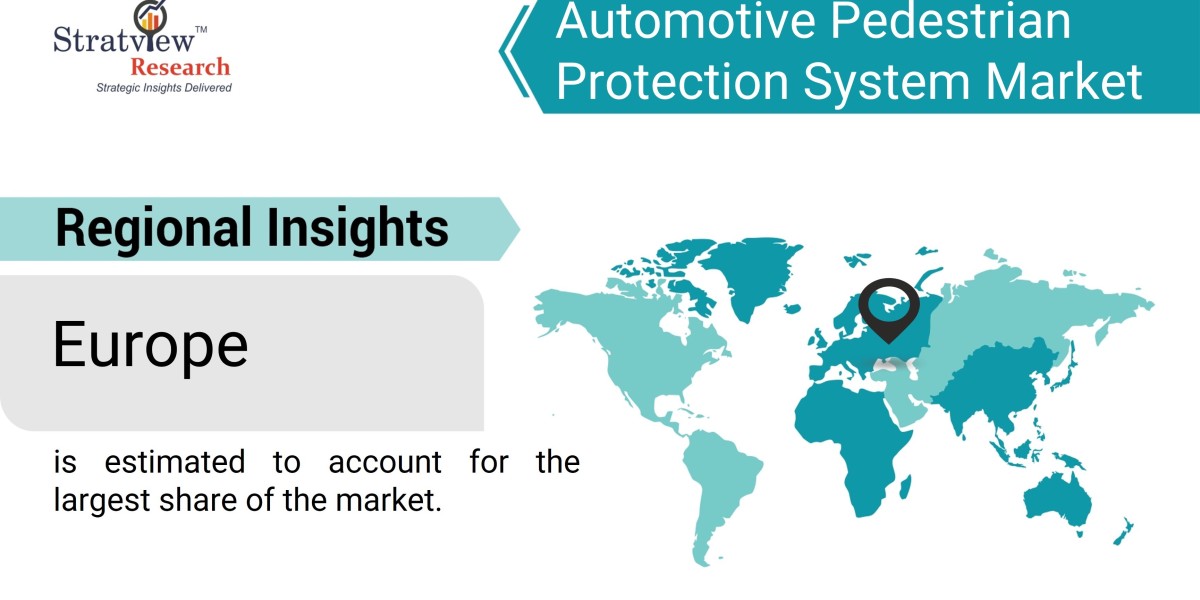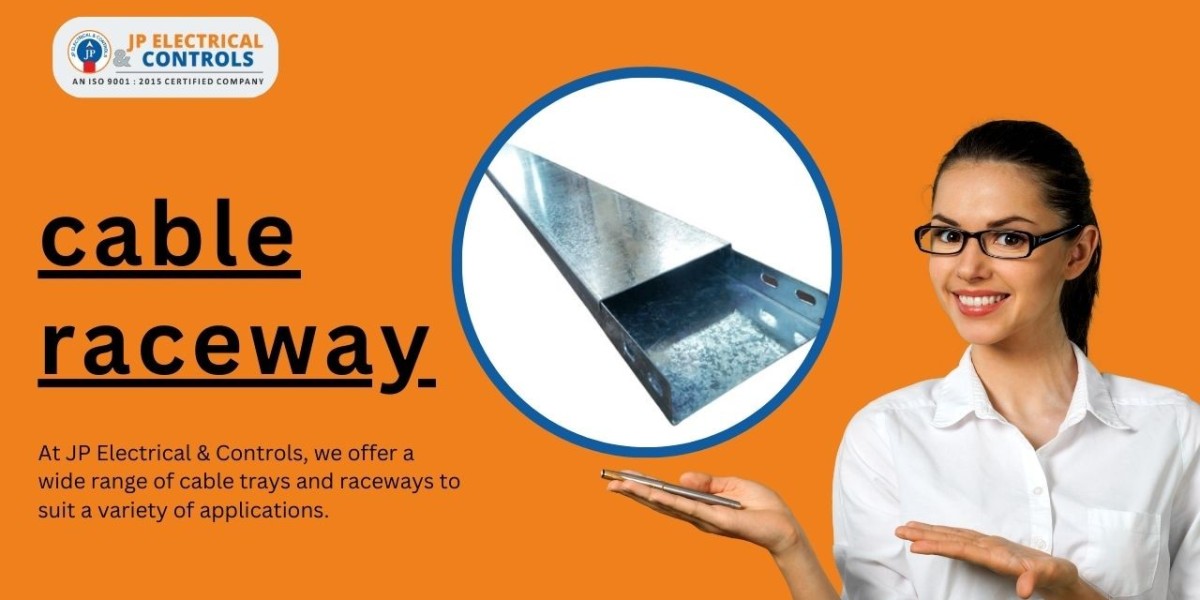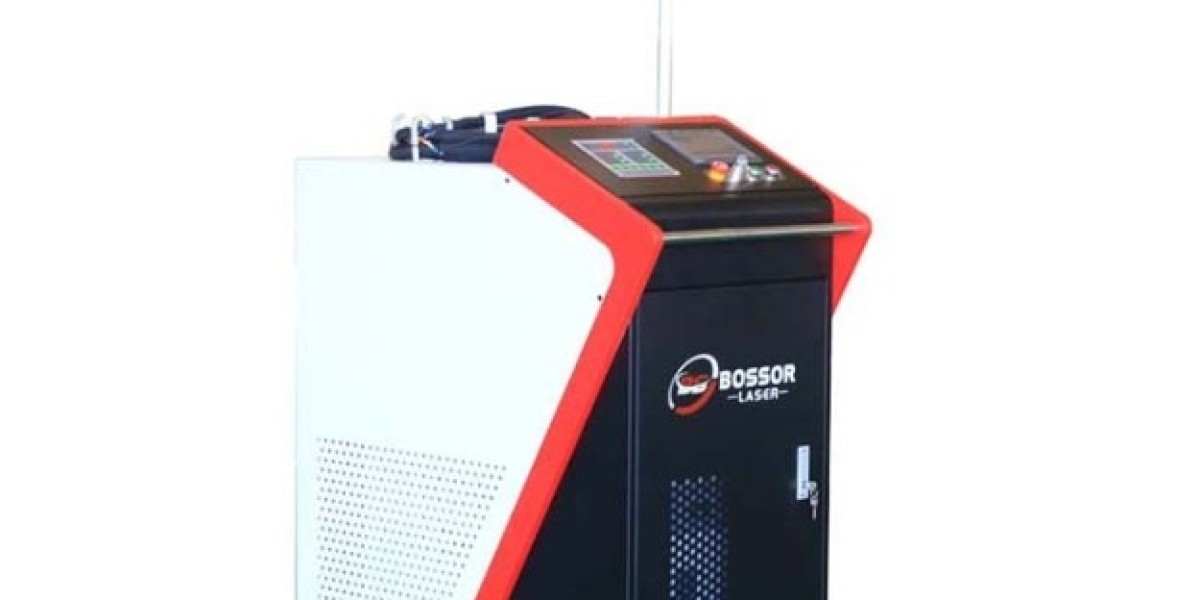As urban areas become increasingly congested and pedestrian safety gains prominence, the automotive industry is rapidly advancing technologies to protect pedestrians. The future of pedestrian protection systems in vehicles is characterized by innovative solutions aimed at reducing accidents and enhancing safety. Here’s a look at some emerging technologies shaping the future of pedestrian protection.
According to Stratview Research, the automotive pedestrian protection system market was estimated at USD 1.86 billion in 2022 and is likely to grow at a CAGR of 10.08% during 2023-2028 to reach USD 3.33 billion in 2028.
1. Advanced Sensor Systems
One of the key advancements in pedestrian protection is the development of sophisticated sensor systems. Modern vehicles are equipped with a range of sensors, including radar, lidar, and cameras, that continuously monitor the vehicle’s surroundings. These sensors can detect pedestrians, cyclists, and other obstacles in real-time, even in low-light or adverse weather conditions. By providing early warnings and activating automatic braking systems, these technologies significantly reduce the risk of collisions.
2. AI-Powered Detection and Prediction
Artificial intelligence (AI) is revolutionizing pedestrian protection by enhancing object detection and prediction capabilities. AI algorithms analyze data from sensors to recognize and predict pedestrian movements more accurately. This enables vehicles to anticipate potential collisions and take preventive actions, such as adjusting speed or steering, to avoid accidents. AI-powered systems also improve the accuracy of pedestrian detection in complex environments, such as crowded streets or intersections.
3. Vehicle-to-Everything (V2X) Communication
Vehicle-to-Everything (V2X) communication is a groundbreaking technology that enables vehicles to exchange information with other vehicles, infrastructure, and pedestrians. Through V2X, vehicles can receive alerts about pedestrian crossings, traffic signals, and road conditions. This real-time communication helps drivers and automated systems make more informed decisions, improving overall safety for pedestrians. V2X technology is expected to play a crucial role in future smart cities, where interconnected systems work together to enhance safety.
4. Active Hood Systems
Active hood systems are an innovative approach to pedestrian protection that involves the deployment of an airbag-like mechanism on the vehicle’s hood. In the event of a collision with a pedestrian, the system deploys rapidly, creating a cushioning effect between the hood and the pedestrian. This reduces the impact force and minimizes the risk of serious injuries. The development of these systems focuses on optimizing deployment timing and ensuring reliability in various collision scenarios.
5. Enhanced Brake Assist Technologies
Advanced brake assist technologies are becoming increasingly sophisticated, offering improved response times and effectiveness. These systems integrate with pedestrian detection technologies to provide automatic emergency braking when a collision risk is detected. Future advancements will focus on refining these systems to handle complex traffic scenarios and provide more accurate braking interventions, further enhancing pedestrian safety.
6. Integration with Autonomous Vehicles
As autonomous vehicles become more prevalent, pedestrian protection systems are evolving to integrate seamlessly with these technologies. Autonomous vehicles rely on a combination of sensors, AI, and V2X communication to navigate safely and avoid collisions. The future will see more sophisticated algorithms and sensor arrays that enhance the capabilities of autonomous systems, ensuring that they effectively protect pedestrians in various driving conditions.
In conclusion, the future of pedestrian protection in automotive systems is being shaped by advanced sensor technologies, AI-powered detection, V2X communication, active hood systems, enhanced brake assist technologies, and integration with autonomous vehicles. These emerging technologies promise to significantly improve pedestrian safety, making urban environments safer for everyone. As these innovations continue to evolve, they will play a crucial role in reducing accidents and enhancing the overall driving experience.








